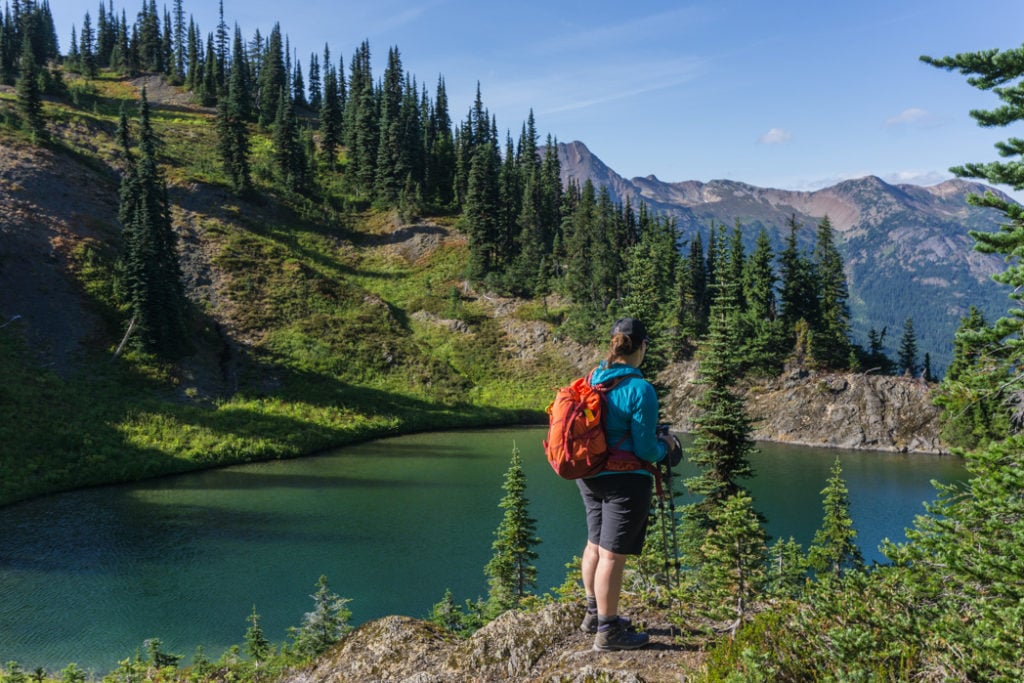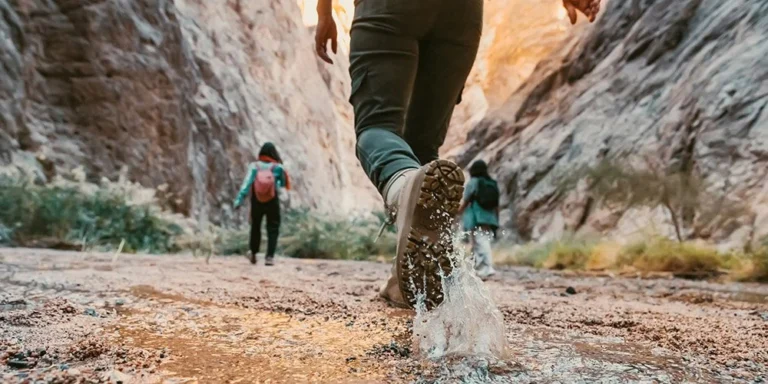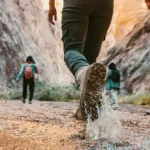Whether you’re trekking through the Andes, the Scottish Highlands, or the forests of Southeast Asia, you’re walking on land that holds deep history. Every path you take crosses ancient territories and forgotten settlements. So, what happens when you spot the glint of an old coin, a shaped stone tool, or a shard of patterned pottery?
You may have just stumbled upon a piece of our shared human story. Congratulations! Your next actions are critical, and they determine whether you become a hero for history or a hazard.
What to Do: The 4-Step “Leave It, Log It, Report It” Method
The golden rule of archaeology is universal: context is everything. An object’s location, its depth, and what it’s near tells a story that can be read by experts. Removing it erases that story forever.
Step 1: 🛑 STOP! Don’t Touch or Move It. Resist the powerful urge to pick it up. The most valuable thing about your find is its precise location. Mark the spot visually and step back carefully.
Step 2: 📸 Photograph and Document Everything. Your phone is your most important tool here.
- Wide Shots: Take pictures of the object in relation to its permanent surroundings (a specific tree, a large rock, the trail itself).
- Close-Up Shots: Take clear photos of the object from several angles.
- Add Scale: Place a modern coin, your keys, or even your finger next to the object (not touching it) in one photo. This gives archaeologists a sense of its size.
Step 3: 📍 Pin Your Exact Location. This is non-negotiable.
- Open Google Maps, Apple Maps, or your hiking app.
- Drop a pin right on the location of the find.
- Take a screenshot of the GPS coordinates. This is the single most important piece of data you can provide.
Step 4: 📞 Report Your Find to the Right People. An artifact without its story is just an old object. Reporting it connects it to history. Most countries have laws requiring you to report such finds, and doing so makes you a valuable part of the discovery process.
Who to Contact (A General Guide for Any Country)
You don’t need to be an expert to find the right authority. Use this hierarchy:
- The Local Museum: Your best first step. Search online for “[Town/City Name] History Museum” or “[Region Name] Archaeological Museum.” Email them your photos and the GPS coordinates. They are almost always the correct local body to contact.
- A University Archaeology Department: If you’re near a city with a university, search for their archaeology or history department. An email to a professor or department head will quickly get to the right person.
- National Heritage Authority: Search for “[Country Name] Ministry of Culture,” “National Heritage,” or “Antiquities Service.” This will lead you to the official government body responsible for protecting the country’s history.
- Local Law Enforcement: If you’re unsure or can’t find the contacts above, the non-emergency number for the local police is a safe bet. Explain what you found, and they can direct the information to the proper cultural heritage authorities.
Crucial: What NOT to Do
- DON’T dig around looking for more. You will almost certainly destroy fragile historical context.
- DON’T take the artifact with you. In virtually every country, archaeological finds are the property of the state or nation. Taking them is theft, and can carry severe penalties.
- DON’T try to clean it. Don’t scrub off the dirt or polish a coin. You could easily scratch it, remove important historical residue, or cause it to disintegrate.
- DON’T post photos on social media immediately. This can unfortunately attract illegal treasure hunters to the site before the professionals can investigate.
By following these steps, you’re not losing a souvenir; you’re gaining an incredible story and contributing a piece to our shared human puzzle. You’re acting as a responsible global citizen, preserving history for everyone.








